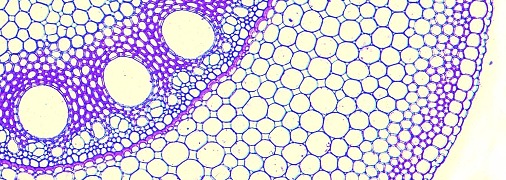With ethylene having a pivotal role in the ripening of many (but not all) fruit, the use of the ethylene action inhibitor 1-MCP has been investigated for prolonging the storage life of a wide range of species through retarding fruit ripening and softening (Watkins 2008). 1-MCP is usually applied after harvest as a gas treatment in a sealed store, container or tent, with the active ingredient released from a powder by dissolving in water. The commercial delivery of 1-MCP is by the SmartFresh(SM) system (www.agrofresh.com).
Successful use of 1-MCP to delay ripening depends on the physiology of the fruit, most likely on the natural rate of replacement of the ethylene receptors that are blocked by 1-MCP. Since binding of 1-MCP to existing ethylene receptors is irreversible, a single period of exposure can delay ripening for several to many days, depending on the rate of synthesis of new receptors. There has been a rapid uptake of 1-MCP use for commercial storage of some apple cultivars, although for other cultivars the treatment has little effect on fruit softening. The rapid uptake for apple is associated with the way in which apple fruit ripen, which involves only limited softening and with firmness retention being a key quality component, i.e., people like crisp apples. This contrasts with the physiology of other species in which ripening involves a softening of the fruit coordinated with changes in flavour and colour. For example, while 1-MCP prolongs storage life in species such as avocado, pear and banana, obtaining uniform ripening afterwards may be difficult (Watkins 2008). This may be because the softening, flavour, and colour aspects of ripening have varying sensitivities to ethylene (Johnston et al., 2009) that are affected differently by partial suppression of ethylene perception and the climacteric, resulting in poorer flavour and colour. In stonefruit such as peach, the ripening inhibition is rapidly overcome, and repeated exposure to 1-MCP may be necessary, which can be commercially unfeasible. For all cultivars, careful optimisation of maturity stage, 1-MCP concentration, exposure frequency and duration and storage temperature is required.
